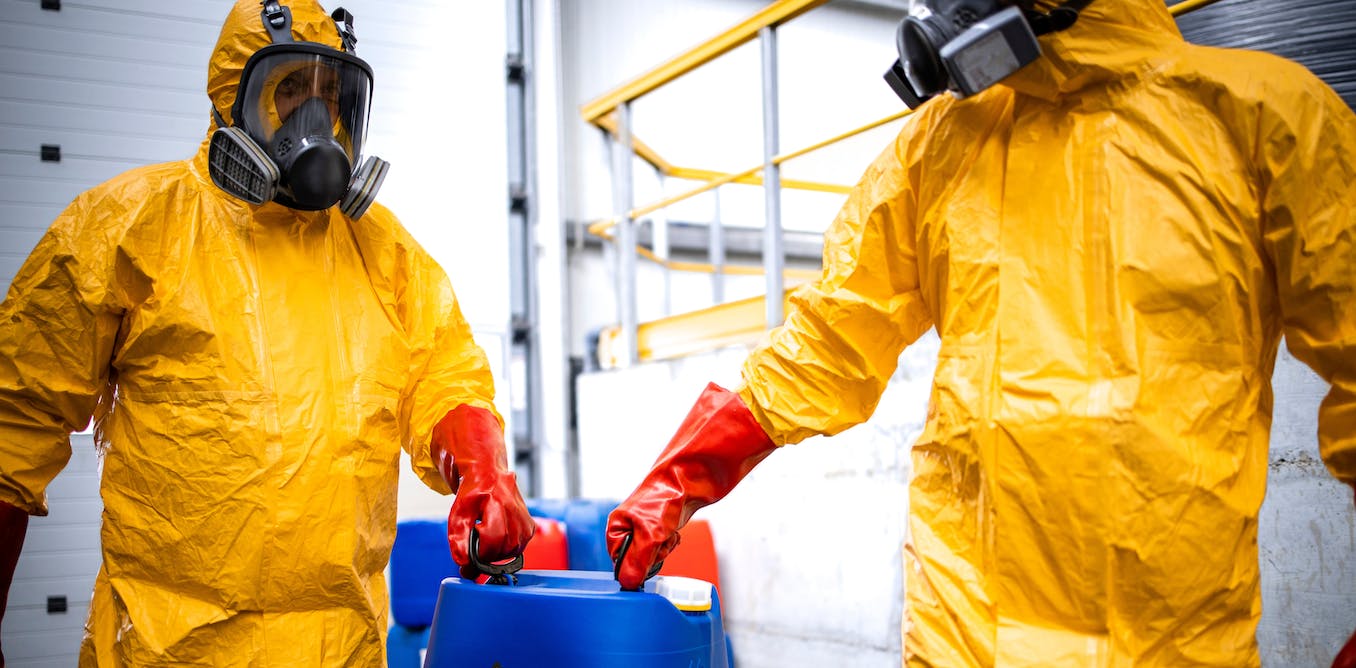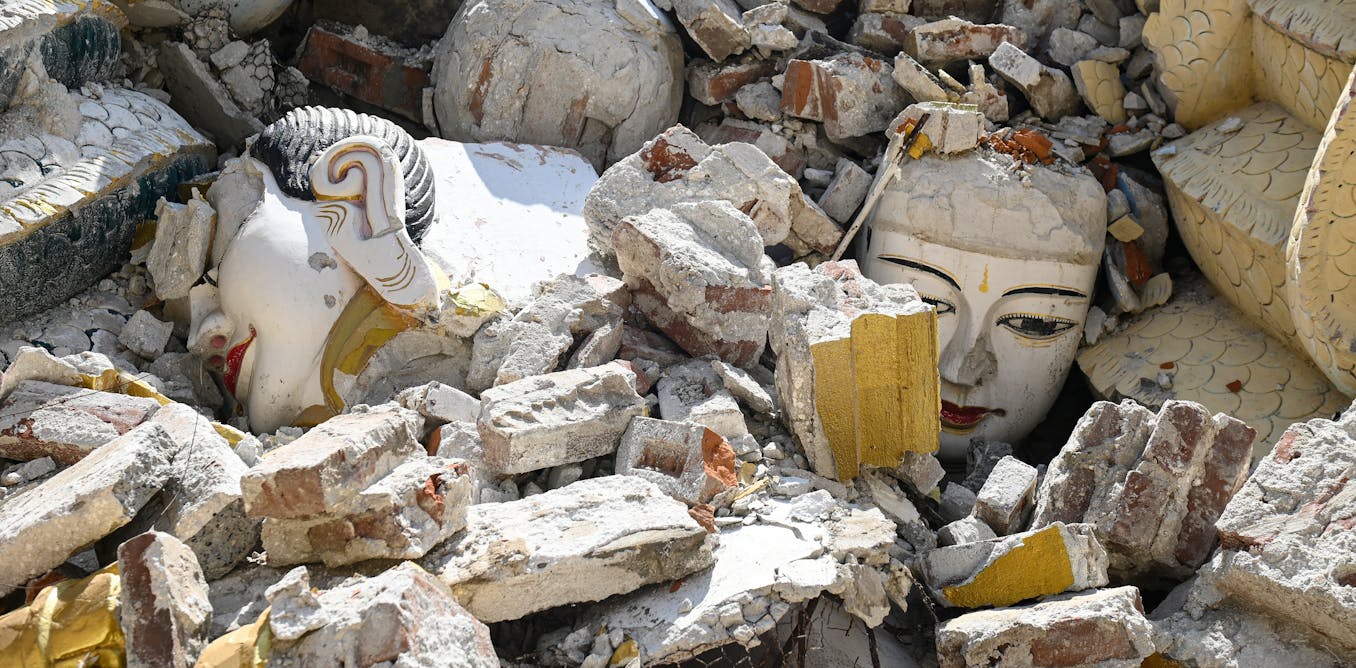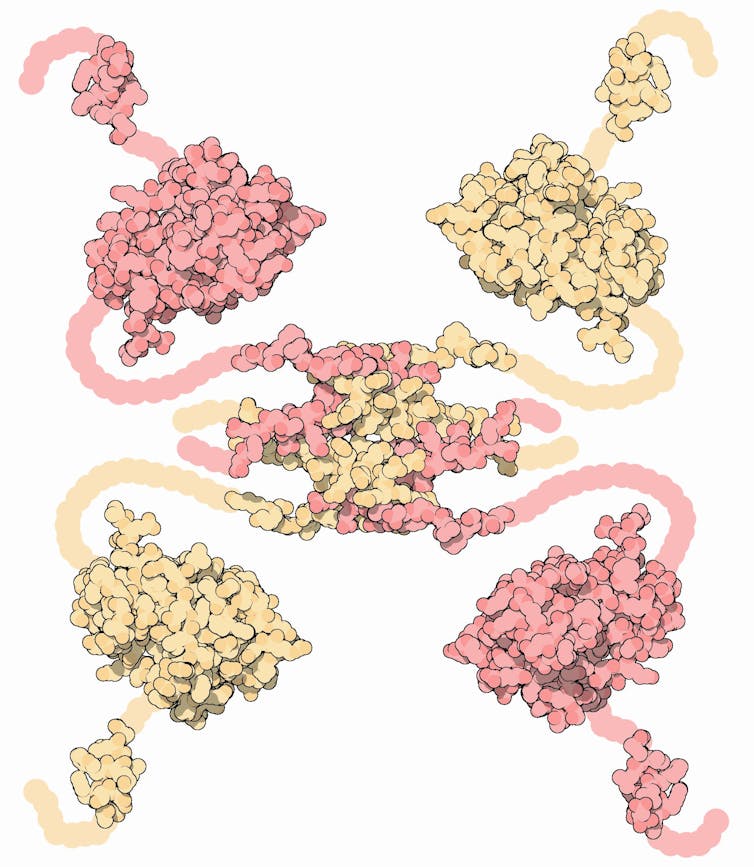House fires are many people’s worst nightmare. But chemicals created decades ago to protect people’s homes from out of control flames opened our front doors to a new menace: toxic chemicals. Ones that we are consistently exposed to in our homes, offices and vehicles.
Plastics are everywhere and are highly flammable materials. To combat this, in around the mid to late 20th century, a class of chemicals known as flame retardants (FRs) were developed to reduce the fire risks of plastic materials.
These were widely used in plastic items with electrical componants including domestic appliances like cookers and kettles, electronics like TVs and computers, and especially electric heaters.
Their use was later extended to other items such as household furniture, vehicles, building insulation and even some children’s products, such as changing mats and cot mattresses. These FRs work by starving a fire of oxygen for a short time, allowing us time to fight a fire before it gets out of control.
But, like for other chemicals such as pesticides and asbestos, research caught up with the most widely used FRs in the early 2000s and found that the benefits of these chemicals may be outweighed by the dangers. These FRs leach out during everyday activities, particularly from soft and flexible items like beds, couches and blankets.
Simply using these items is enough to make FRs leach into indoor air and dust where we can inhale or ingest them, or even absorb them through our skin. Research has shown these chemicals have hazardous properties when enough is absorbed into our bodies. For example, they have been shown to be carcinogenic and can lead to infertility.
Legacy flame retardants
Some of these FRs were banned for use in these kinds of products. But there is a danger from both legacy FRs still in circulation as well as so-called “emerging FRs” that replaced the banned chemicals.
New FRs, with slightly different properties to banned ones, are being introduced all the time. This is because, in many cases, regulations in the UK and Ireland require furniture products to meet fire-retardancy standards. The cheapest way is by using additive FRs.
Our recent research project, conducted by the University of Birmingham and the University of Galway, highlighted how these chemicals are still widely present in consumer goods. The research found restricted FRs in roughly half of the household furniture items we analysed. They were also prominently found in household electronics and building insulation foams.
il21/Shutterstock
When these items are recycled, we would hope that these banned harmful chemicals are removed from circulation. However, these chemicals are very difficult to remove from waste. Approximately 10% of hazardous waste containing restricted FRs goes into the recycling stream.
Research shows that products made from recycled materials contain banned FRs at relatively low concentrations. Banned FRs have been found in electronics, furniture and polystyrene packaging foams, but also, more worryingly, children’s toys, kitchen utensils and food packaging.
The low concentrations of banned FRs in these products are consistent with leftovers from recycled waste rather than deliberate treatment.
Additionally, almost all the mattresses, furniture and vehicle foams we investigated for our research project contained emerging FRs, which research shows have similar hazards to their banned predecessors.
Unlike the UK and Ireland, most of Europe does not have such stringent furniture fire safety standards. However, we do not see significantly fewer fires or fire-related fatalities in the UK and Ireland.
Irish government data suggests that other factors such as the indoor smoking ban, requirements for smoke alarms in all rooms, reduced numbers of open fires in homes, and increased fire safety awareness have contributed more to the decrease in fire fatalities in Ireland over the last 20 years than FRs.
The recently published European Chemicals Agency (ECHA) strategy on FRs outlines the EU’s road map for removing hazardous FRs from circulation. It specifically cites the UK’s and Ireland’s stringent furniture foam fire safety standards as one of the reasons FRs are so prevalent in the EU market.
No one likes the idea of fires in their homes. But the amount of time a fire is slowed by these FRs is in the order of seconds.
In Ireland, the majority of fatalities from fires happen overnight, meaning people aren’t awake to take advantage of the few extra seconds before fire takes hold. The smoke produced by burning FR-treated items is also more toxic compared to non-FR- treated materials, leading to increased risk of asphyxiation, the leading cause of death from fires.
Know the risks
Few people are aware that these chemical additives are in so many items and fewer still know the hazards they pose. At the moment, it is difficult to know which FRs are used where and at what concentrations.
There should, at the very least, be a more robust labelling system which outlines exactly what chemicals are in these items so that consumers can make informed decisions. Not all products contain FRs but it’s hard for consumers to tell because manufacturers only have to state whether safety standards have been met, now how they have been met.
We need to ask ourselves: are these additive chemicals worth it? New FRs can be developed faster than research can determine their toxicity, making it difficult to tell how safe they really are.
It is vital we have a long overdue discussion on fire safety regulations. The negatives of FRs seem to substantially outweigh the benefits. So perhaps the path forward is removing the need for these additives and finally revising fire standards to reflect modern research.




